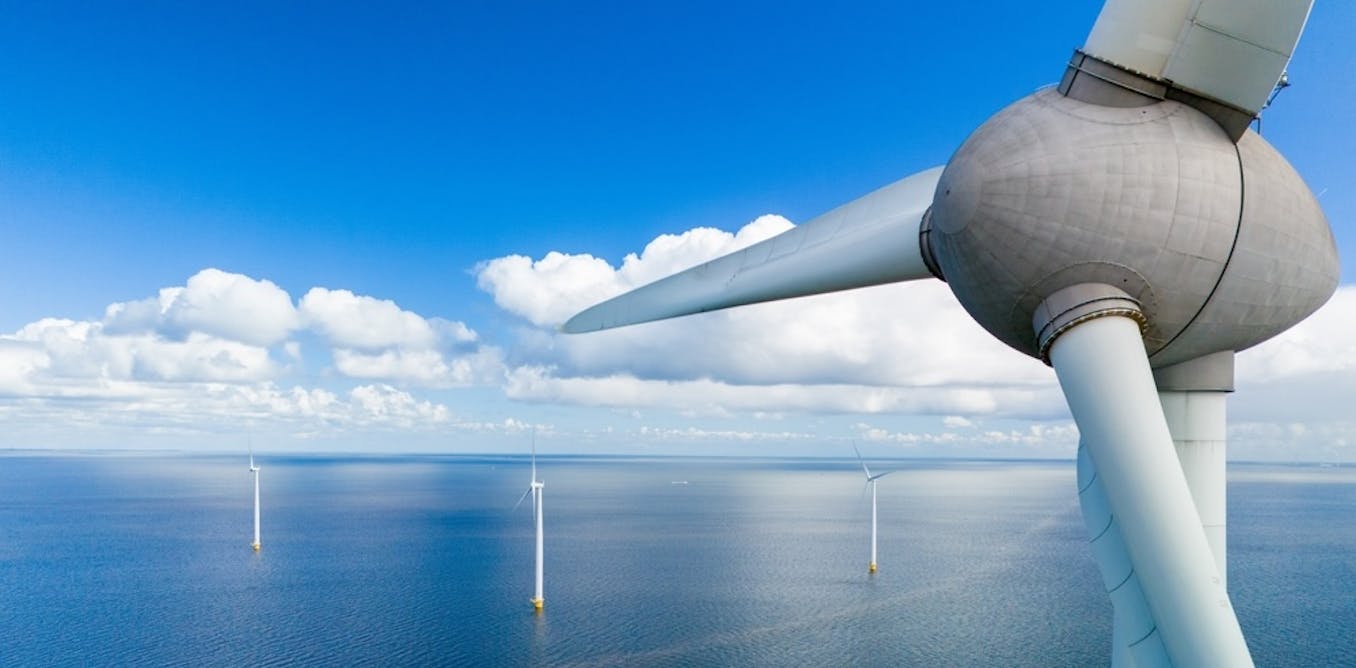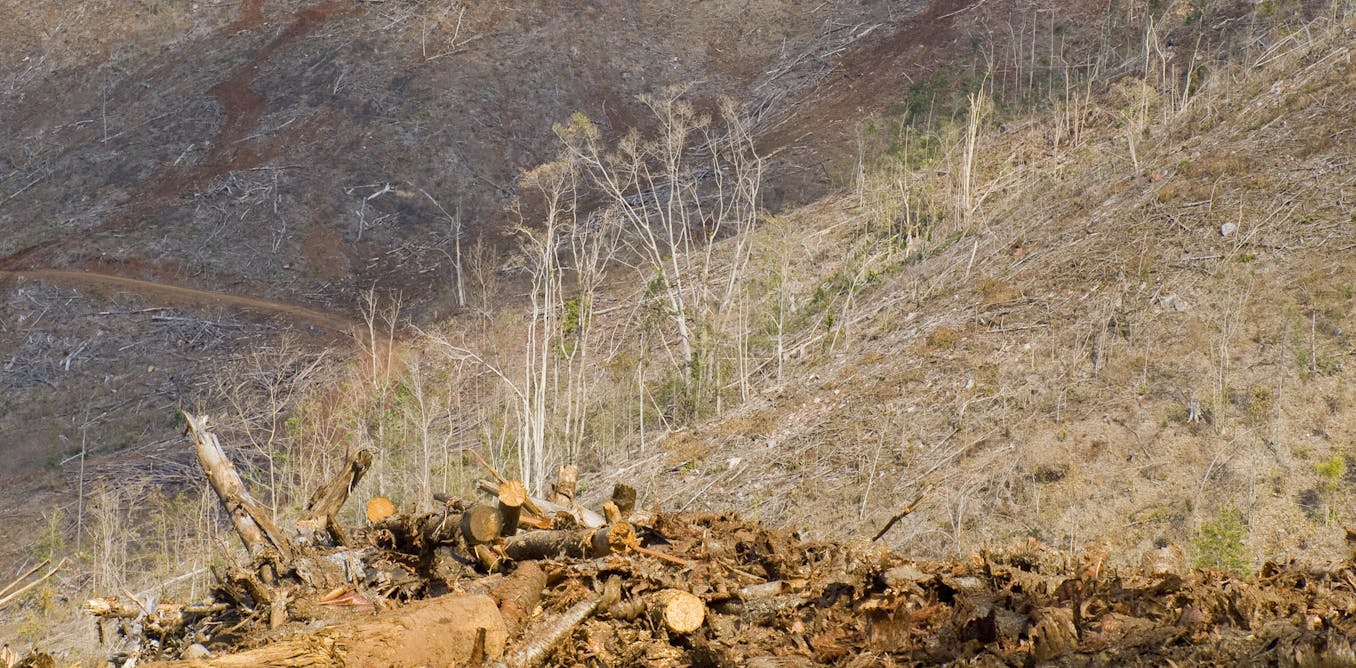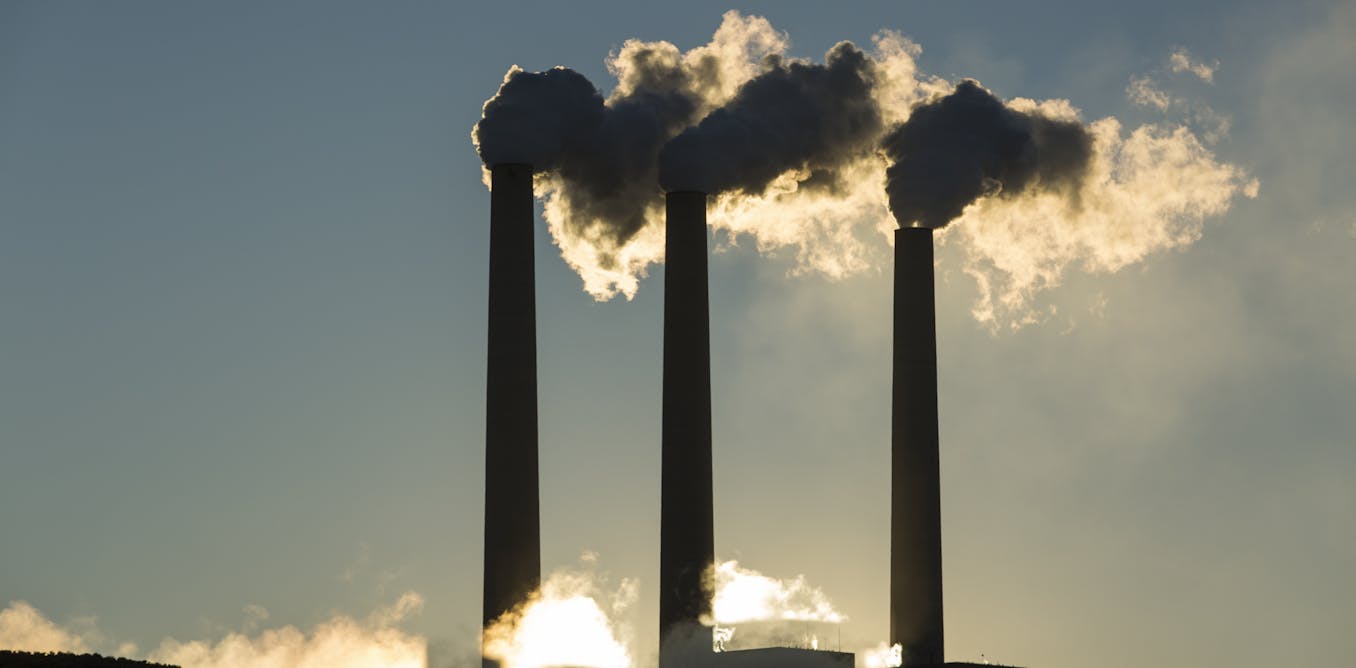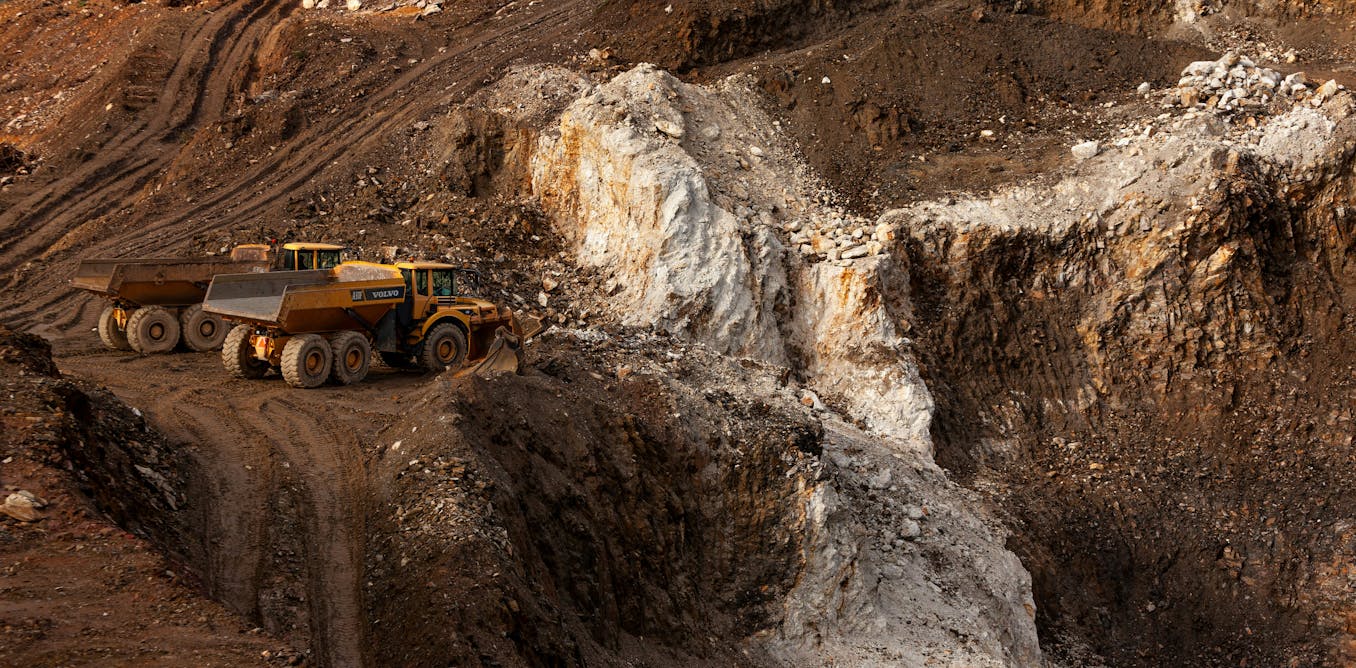IEEE Spectrum’s most-read energy stories of 2024 centered on creative ways to produce, store and connect more carbon-free energy. Our readers wanted to know more about power beaming, new kinds of nuclear fusion, vertical solar farms, powerful ways to drill deeper into the Earth’s crust to harness geothermal energy, and grid hardware that connects renewable energy projects. Big Tech’s bold moves to secure nuclear energy for future data centers dominated international headlines in 2024, and readers liked Spectrum’s tech-focused coverage of the topic. Cheers to the top 10 energy stories of 2024.
Illustration: Tavis Coburn
Imagine a massive solar farm orbiting in space, collecting unfiltered, uninterrupted sunlight and beaming gigawatts of power down to Earth. The concept, called space-based solar power, is an idea so grand, yet so tantalizing, that engineers and government bodies have spent a great deal of time trying to figure out how to make it happen. After all, why shouldn’t we try to stick solar panels where the sun always shines? In May, Henri Barde, who recently retired from the European Space Agency (ESA), offered a laundry list of reasons to keep both our feet and our solar farms on the ground–for now.
 Jayme Thornton
Jayme Thornton
A stellarator is the kind of machine that looks as fantastical as it sounds. Its purpose is to replicate the physics of a star by fusing the nuclei of atoms, thereby generating limitless fusion energy. These machines are typically massive, tentacled contraptions that require billions of dollars and decades to construct. But researchers at the Princeton Plasma Physics Laboratory (PPPL) have managed to build one in less than a year for US $640,000. It sits on a table top and was constructed using 3D-printed and off-the-shelf parts. Spectrum contributing editor Tom Clynes visited PPPL to give us a deep dive into how the world’s most unassuming stellarator works, and how it has already inspired the formation of two fusion energy startups.

Quaise Energy
A huge amount of geothermal energy could be harnessed from the Earth’s crust if we could only drill deep enough. In March, Spectrum profiled an MIT spin-off company testing one potential solution: beaming powerful microwaves at rock to vaporize it using a machine called a gyrotron. The technology has been used in nuclear fusion experiments to heat and control plasma, and the MIT-spin-off, Quiase Energy, is adapting it to drill up to 20 kilometers into the Earth’s crust. Currently, the deepest existing man-made hole extends 12,262 meters below the surface of Siberia, and took nearly 20 years to drill.

iStock
What’s the best way to manage excess grid-scale energy from solar and wind farms? According to one study published in IEEE Transactions on Energy Management, the answer is hydrogen storage. It beat compressed air and four types of batteries in terms of scale, cost and suitability. The study suggests…
Read full article: Power Beaming and Nuclear Fusion Top Energy Stories of 2024

The post “Power Beaming and Nuclear Fusion Top Energy Stories of 2024” by Emily Waltz was published on 12/24/2024 by spectrum.ieee.org
































Leave a Reply